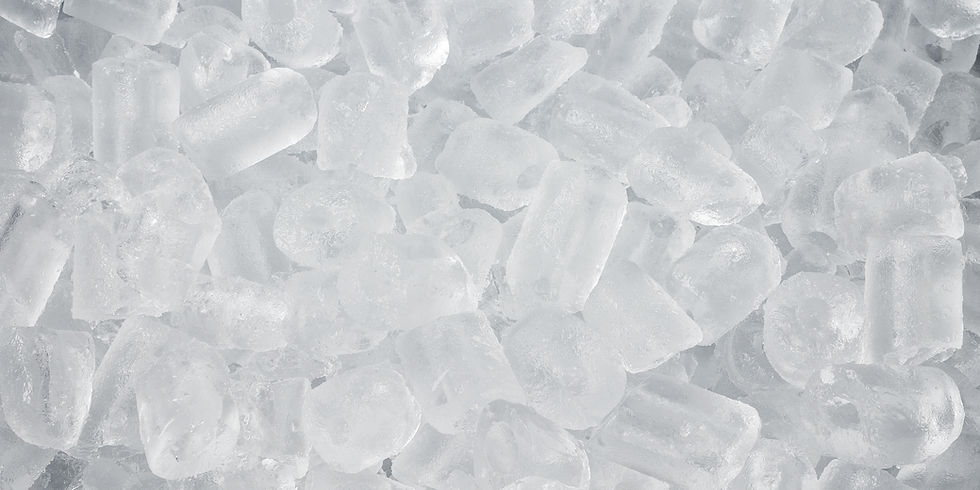Cleaning Coils On HVAC & Refrigerations Systems
- Apr 18, 2023
- 1 min read
Updated: Apr 19, 2023

Cleaning the coils on your HVAC and refrigeration systems is an important part of regular maintenance. Read more about how Enviro-Tech can help!
CLEANING COILS ON HVAC & REFRIGERATIONS SYSTEMS
HVAC & refrigeration system coils should be cleaned with a non-corrosive, coil-specific, chemical cleaner and pressure washer every year. Clean coils reduces stress and strain on the equipment and allows it to run more efficiently.
The number one cause of compressor failure is overheating due to dirty coils.
1. ENERGY CONSUMPTION
• Dirty coils don’t transfer heat effectively. For a dirty system to perform as designed, it must run longer and work harder.
• More energy is used and there is more stress on the
equipment which can lead to a breakdown.
• Coil cleaning will save you in energy costs, repairs and
down time.
2. INCREASE LIFE SPAN
Even with a good filter, coils need annual cleaning. Kitchen exhaust, fan grease, pollen, cottonwood and other physical pollution stick to the HVAC system’s condenser and evaporator coils. This puts strain on your equipment and can lead to premature mechanical failure. Regular cleaning is the best and logical plan to protect your equipment. Fine particles of dust and pollution stick like glue deep inside your coils preventing the system from expelling heat.
3. HEALTH REASONS
Bird droppings at your fresh air intake are a health risk. As well, the droppings cause corrosion which leads to expensive leaks and other damage.
4. OUTDOOR TEMPERATURE
Around the world, temperatures are going up. Wednesday, July 29, 2009, was the hottest day ever recorded in Vancouver, according to CBC meteorologist Claire Martin. If you want your A/C systems to keep up to demand, our annual Coil Cleaning program will benefit you.
The number one cause of compressor failure is overheating due to dirty coils. This would be like replacing your 4-ton system with a 3-ton system.














Comments